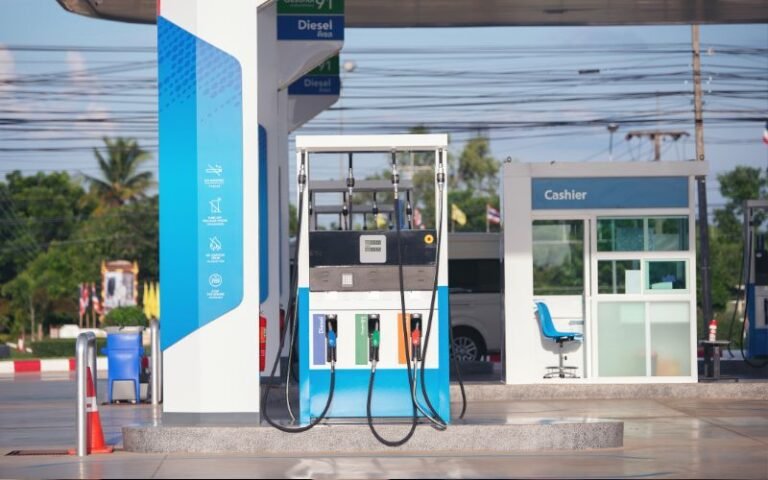Service Tire Monitor System Guide for Car Owners
When a car’s dashboard displays a warning such as service tire monitor system, it usually points to an issue within the tire pressure monitoring system (TPMS). This safety feature tracks the air pressure in each tire and alerts the driver if it falls below safe limits or if a sensor is malfunctioning.
Drivers often see this light after refilling tires, during seasonal temperature changes, or when a TPMS sensor battery begins to fail. While sometimes the fix is as simple as resetting the light, in other cases, it requires professional service, sensor replacement, or recalibration. Addressing the warning promptly is important not only for safety but also for fuel efficiency, tire longevity, and overall vehicle performance.
What the Tire Pressure Monitoring System Does
Modern vehicles come equipped with TPMS, which works in two different ways:
- Direct TPMS: Uses pressure sensors mounted inside each tire to provide real-time readings.
- Indirect TPMS: Relies on wheel speed sensors that detect changes in tire rotation caused by low air pressure.
These systems are designed to improve road safety by preventing blowouts, reducing tire wear, and maintaining fuel economy. When the warning light turns on, it could mean:
- A tire is underinflated.
- A sensor is malfunctioning.
- The system requires recalibration after maintenance.
Common Causes of the Warning
Many drivers assume the issue is always low tire pressure, but there are multiple reasons for the alert.
- Underinflated tires due to temperature drops, small punctures, or natural air loss.
- Faulty TPMS sensors that stop sending signals correctly.
- Dead sensor batteries, which typically last 5–10 years.
- Damaged wiring or module issues in the system.
- New tires or rotations that require sensor reprogramming.
- Seasonal weather changes that affect air pressure.
Understanding these causes helps in diagnosing whether you need a quick DIY fix or professional repair.
How to Reset the Warning
Most vehicles allow drivers to reset the TPMS warning manually. Here are some universal approaches:
Check Tire Pressure Manually
- Use a reliable tire gauge.
- Inflate all tires to the recommended PSI listed in the owner’s manual or on the driver’s door placard.
Drive the Vehicle
- In many cars, driving above 30 mph for about 10–15 minutes automatically resets the light if pressures are correct.
Use the Reset Button
- Some cars have a TPMS reset button located near the steering wheel or under the dashboard.
- Hold it until the TPMS indicator blinks.
Through the Infotainment System
- Newer models (especially Toyota, Ford, and BMW) allow reset via on-screen menus.
Professional Reset Tools
- A TPMS reset tool or OBD-II scanner may be required if the system doesn’t clear on its own.
DIY Troubleshooting Steps
Before heading to a mechanic, try these simple checks:
- Inspect each tire visually for punctures, nails, or sidewall bulges.
- Test pressure with a digital tire gauge to confirm accuracy.
- Check the spare tire: some vehicles monitor it as well.
- Look for consistency: if one tire keeps losing air, it may have a slow leak.
- Rotate tires properly: Incorrect rotations can confuse indirect TPMS systems.
These steps solve many cases where the warning persists despite filling the tires.
When Professional Service Is Needed
If DIY resets don’t work, the issue may lie deeper in the system. Mechanics can:
- Replace faulty sensors (average lifespan: 7 years).
- Replace internal sensor batteries (in some models, batteries are sealed, requiring full sensor replacement).
- Reprogram the control module after tire changes.
- Diagnose electrical issues affecting signal transmission.
Cost of Repair and Replacement
Costs vary depending on the issue and vehicle make:
- Resetting the system: Often free at service centers.
- Replacing a single TPMS sensor: $50 to $120 for parts + $50–$100 labor.
- Full set replacement (4 sensors): $250 to $600, depending on brand.
- Reprogramming: $30 to $80.
In the U.S., most mechanics and tire shops offer TPMS servicing, while dealerships may charge more.
Brand-Specific Notes
Different car manufacturers may display slightly different warnings or require unique reset methods.
- Chevy / GMC: Often shows “Service Tire Monitor System” after sensor failure. Reset may require dealer reprogramming.
- Ford: Many models allow reset through the dashboard menu, but faulty sensors are common in older F-150s.
- Toyota: Typically shows “Check Tire Pressure System” instead of “Service” wording. Reset available via infotainment.
Honda: Uses indirect TPMS in many models; recalibration is needed after tire rotations. - BMW / Mercedes: Often require advanced diagnostic tools for resets.
How Long Do Sensors Last?
- Battery Life: Around 5–10 years, depending on driving conditions.
- Replacement Cycle: Many car owners replace all sensors at once when one fails.
- Environmental Impact: Cold climates reduce battery performance faster.
Can You Drive With the Light On?
Technically, yes, but it’s not safe to ignore the warning. Risks include:
- Tire blowouts due to undetected low pressure.
- Reduced handling and braking performance.
- Lower fuel economy.
- Uneven tire wear, leading to premature replacements.
Driving with the warning light on should only be temporary until you check pressures or visit a mechanic.

Preventing Future Issues
A few preventative habits can reduce the chances of seeing the warning light:
- Check tire pressure monthly with a reliable gauge.
- Account for seasonal temperature swings, pressure drops in winter.
- Use nitrogen inflation (optional) for more stable pressures.
- Have sensors inspected during regular tire rotations.
- Replace aging sensors proactively after 6–8 years.
Final Thought
A dashboard warning related to the tire pressure monitoring system should never be ignored. While sometimes it’s a quick fix like inflating your tires or performing a reset, other times it signals faulty sensors or failing batteries that require professional service.
Whether you handle it yourself with a TPMS reset tool or visit an auto service center for diagnostics, addressing the issue ensures your tires last longer, your car runs efficiently, and most importantly, your safety on the road remains uncompromised.
By understanding the causes, troubleshooting methods, repair costs, and preventative measures, car owners can avoid the stress and risks associated with unexpected tire problems.
FAQ
Why does my tire pressure light stay on after filling air?
A slow leak, a faulty sensor, or a system that requires a manual reset could be the reason.
Do I need a mechanic to reset the system?
Not always. Many cars let you reset through a dashboard button or by driving after inflating the tires.
How much does it cost to replace a tire sensor?
Around $100–$180 per sensor, including labor.
Is it safe to ignore the warning?
No. While you may still drive, ignoring it risks blowouts, poor fuel efficiency, and long-term tire damage.
Can weather changes trigger the warning?
Yes. A 10°F drop in temperature can reduce pressure by 1–2 PSI, enough to trigger the system.
Citation:
AutoZone. (n.d.). Service tire monitor system meaning. AutoZone. https://www.autozone.com/diy/qa/service-tire-monitor-system-meaning







